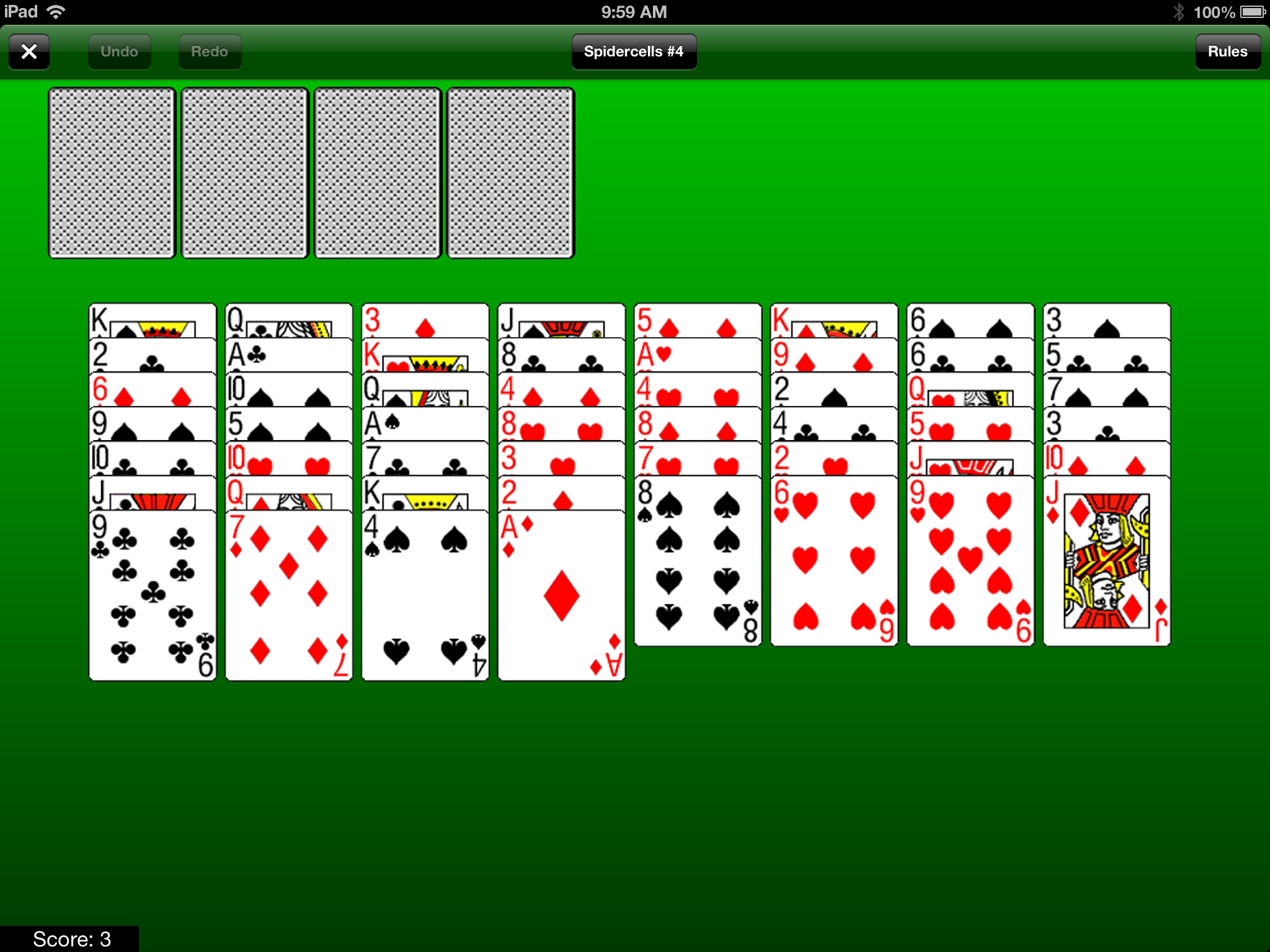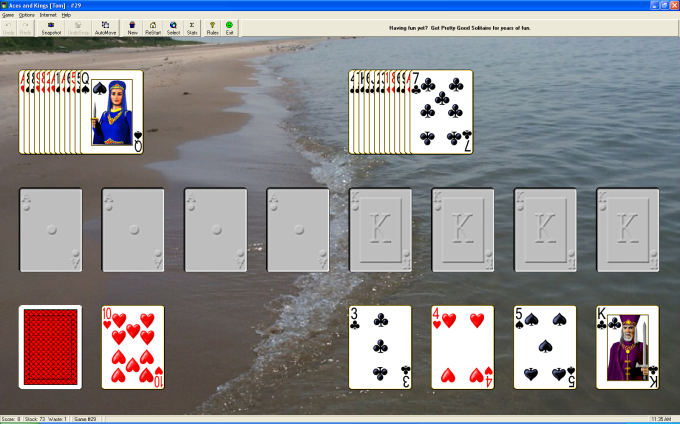

over 2 billion starting positions for each game. just click on the Rules button to see the rules of each game. change card backs, or change background image or background color. over a dozen different beautiful professionally designed card sets. 5 card sizes, including large cards for poor eyes. make the game window any size or even full screen. easy to play - drag/drop the cards or use quick click moving. Goodsol Solitaire 101 is a solitaire game collection with 101 regular games and 34 bonus games, for a total of 135 different solitaire games.Īmong the games are Aces and Kings*, Canfield, Cruel, Demons and Thieves*, Double FreeCell*, Double Klondike, Eight Off, Forty Thieves, FreeCell, Gaps, Gold Rush*, Golf, Klondike, Penguin, Pyramid, Quadruple Klondike, Scorpion, Sea Towers, Spider, Spider One Suit, Spider Two Suits, Triple Klondike, Yukon, and many more. Among the games are Aces and Kings*, Canfield, Cruel, Demons and Thieves*, Double FreeCell*, Double. Children of ages 6, 7, 8 and 9 years with high calculated LDL-cholesterol levels (> or = 120 mg/dl) consume significative higher amounts of sweet foods than children with low calculated LDL-cholesterol levels (< or = 90 mg/dl).Ĭhildren from the Autonomous Community of Madrid, Spain consume excessive sweets, which could be responsible for a higher prevalence of diseases related to this intake, such as caries, obesity and obesity-related associate diseases.Goodsol Solitaire 101 is a solitaire game collection with 101 regular games and 34 bonus games, for a total of 135 different solitaire games.

Sweets and snacks provide 16.1% of dietary total caloric intake, 7.1% of saturated fatty acids, 10.7% of monounsaturated fatty acids, 10.4% of polyunsaturated fatty acids and 11.3% of cholesterol. The consumption of sweets and snacks items per 1,000 kcal is higher in boys than in girls (35.8 +/- 20.0 and 34.2 +/- 19.6 g/1,000 kcal, respectively p = 0.01) and increases during adolescence (12 and 13 years) in both sexes. Lipid profile and several markers of nutritional status are also determined. The intake is expressed as grams per 1,000 kcal to standardize nutrient consumption in boys and girls. It reflects food consumption for a 4-days period (3 week-days and 1 weekend day) in 2,698 boys and girls aged 6 to 15 years. The aim of this study is to assess the intake of these foods by children, their relative contribution to overall macronutrient intake and their effects on health.Ī dietary assessment was performed on a representative sample of scholar children from the Autonomous Community of Madrid. In our society advertising compaigns promote consumption of superfluous foods, such as sweets and snacks, displacing the intake of other basic nutrients.


 0 kommentar(er)
0 kommentar(er)
